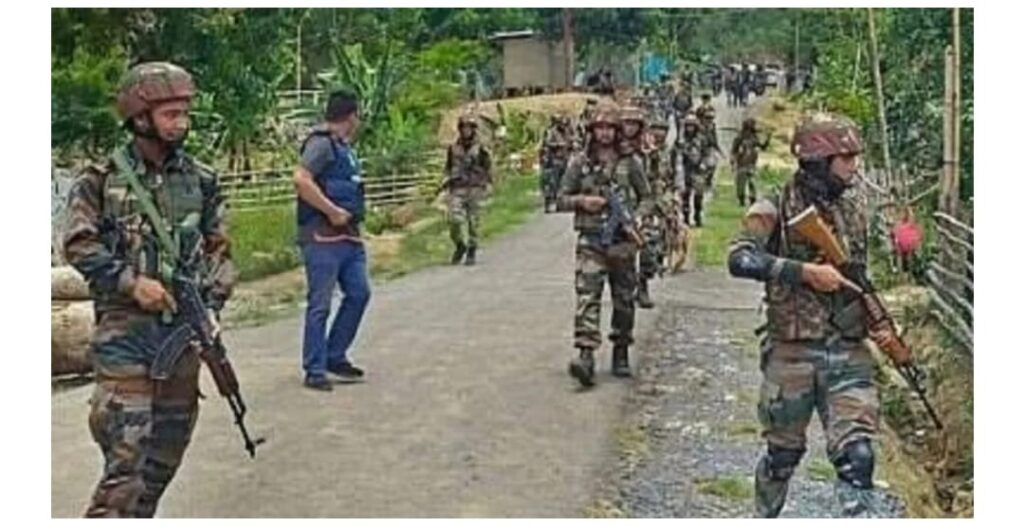In a commendable move to alleviate the suffering of more than 50,000 internally displaced persons (IDPs) affected by the persistent violence in Manipur, the government has unveiled an ambitious plan. With the aim of ensuring better living conditions and a sense of security, Imphal, the capital city of Manipur, will witness the construction of 3,000 prefabricated houses for the displaced population. This proactive step is set to bring about a positive change and offer a glimmer of hope for those who have endured the hardships of displacement.
Addressing the Plight of IDPs: The plight of the internally displaced people in Manipur has long been a matter of concern. The region has been grappling with the repercussions of violence, leading to the displacement of thousands from their homes. Recognizing the urgent need to provide suitable housing solutions for these affected individuals, the government has formulated a comprehensive plan to construct prefabricated houses in Imphal.
Modern Housing Solutions: Prefabricated houses are gaining prominence worldwide due to their cost-effectiveness, quick construction time, and flexibility. These innovative structures are built off-site using advanced construction techniques and then transported to the desired location. Designed to withstand diverse weather conditions, these houses offer durability, safety, and comfort to their occupants.
The planned construction of 3,000 prefabricated houses will provide a substantial number of IDPs with secure and dignified accommodation. Each unit will be equipped with essential amenities such as electricity, water supply, sanitation facilities, and ventilation, ensuring a decent standard of living for the residents.
Community Integration and Rehabilitation: The government’s initiative goes beyond mere housing provision. It emphasizes the importance of community integration and rehabilitation of the displaced population. Efforts will be made to create sustainable communities by developing necessary infrastructure and promoting social cohesion among the residents. Education and healthcare facilities, as well as skill development programs, will be established to enhance the prospects of the IDPs and empower them to rebuild their lives.
Collaborative Approach: The success of this ambitious undertaking hinges upon the collaboration between the government, non-governmental organizations (NGOs), and local communities. Partnerships with NGOs and community-based organizations will help ensure that the specific needs of the IDPs are adequately addressed. The involvement of the affected communities in the decision-making process will foster a sense of ownership and promote the long-term sustainability of the project.
Looking Ahead: The government’s commitment to providing 3,000 prefabricated houses for internally displaced persons in Imphal is a significant step towards resolving the ongoing humanitarian crisis in Manipur. By offering safe and comfortable living spaces, this initiative aims to restore hope, stability, and a sense of belonging among the displaced population. It is a testament to the government’s dedication to securing a better future for all citizens, while also fostering social harmony and inclusivity in the region.
While challenges lie ahead, with careful implementation and continued support, this initiative has the potential to transform the lives of thousands of internally displaced persons and serve as a model for other regions facing similar issues. As Imphal takes this bold stride, it sets a compelling example of compassion, resilience, and proactive governance for the rest of the country to follow.


